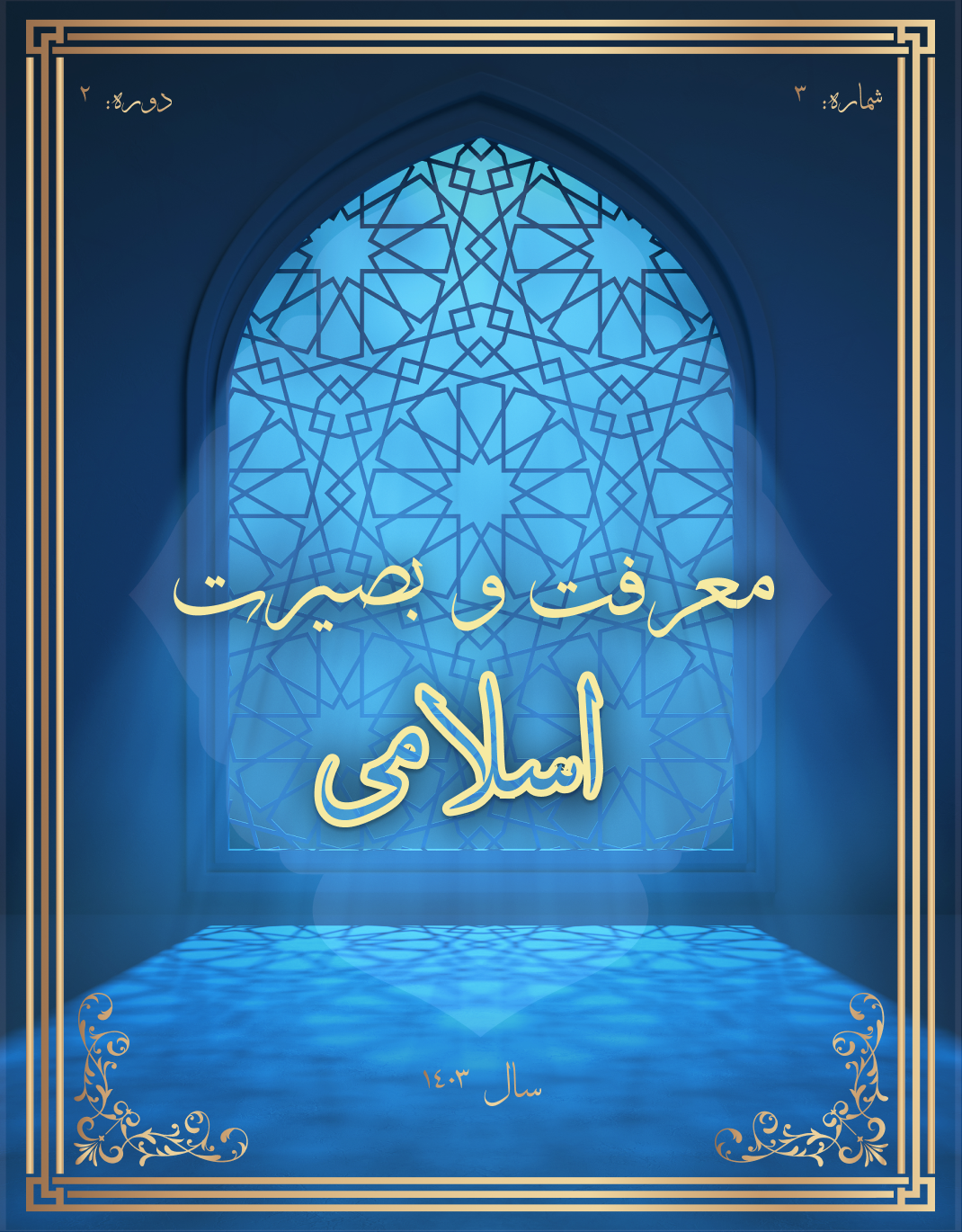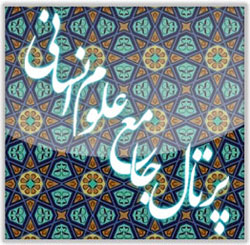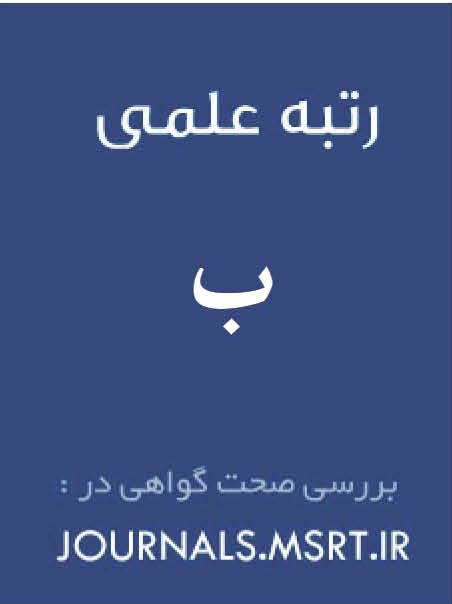ارزشهای پایدار معماری نور در مساجد ایرانی اسلامی
کلمات کلیدی:
ارزشهای پایدار, معماری, نور, مساجد ایرانی اسلامی, فضای معنویچکیده
خداوند در قرآن خود را نور زمین و آسمانها میداند (الله نور السماوات و الارض). موضوع نور بسیار حائز اهمیت است بهطوری که که سورهای با این نام (سوره 24) در قرآن آمده است. با توجه به اهمیت نور در معماری مساجد، متاسفانه در مساجد امروزی به عنصر نور (که نقش کلیدی در طراحی مسجد دارد) توجه نشده است. امروزه نگرش کمیتی و نادیدهگرفتهشدن جنبههای معنایی نور طبیعی در طراحی فضاهای مساجد، نیاز به مطالعه و بررسی بیشتر درجهت ایجاد فضاهای کیفی را نشان میدهد. بر این اساس هدف پژوهش حاضر ارزیابی نحوه حضور کیفی نور و ارائه راهکارهای عملی جهت بکارگیری نور کیفی در معماری مساجد معاصر میباشد. در این مقاله شناسایی خصوصیات کیفی نور براساس متون قرآنی است، که برمبنای تاویلهای صورتگرفته توسط فلاسفه اسلامی در خصوص آیات قرآنی و بررسی مفاهیم مستتر در اجزای این آیات، مشخصات کیفی نور مستخرج شدهاست. باتوجه به این مشخصات، اصول استخراج شده کیفی نور شامل هفت اصل: اصل اصالتوجود، اصل مراتبوجود، اصل عدلیه، اصل مجرد، اصل پایایی، اصل رهنمونی و اصل نشانگی میباشد و پیام مرتبط آن در معماری مساجد ایرانی اسلامی شامل: وحدت، حرکت، همسانی، عروج، یارایی، رهنمود و تلویحی است. درتحقیق حاضر برای بررسی رابطه کیفیت نور روز در فضای مسجد، مساجد شیخ لطف الله، امام، حکیم، رحیمخان، سید، که از بین تمامی مساجد ویژگی طراحی نور طبیعی در ایجاد فضای معنوی در آنها شاخصتر بوده، انتخاب گردیده است. این پژوهش با روش توصیفی–تحلیلی و براساس اطلاعات میدانی و کتابخانهای انجام شده است.








